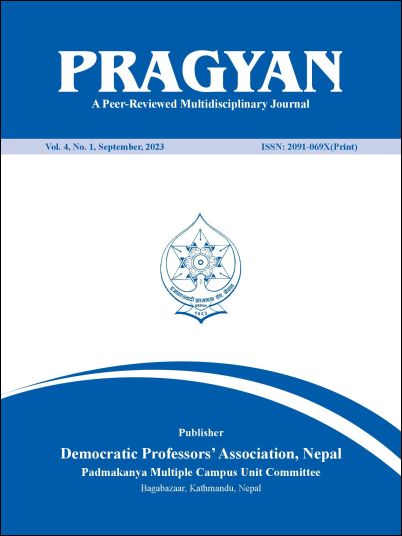Effect of Working Environment on Job Satisfaction of Employees in Nepal Electricity Authority
DOI:
https://doi.org/10.3126/pprmj.v4i1.67617Keywords:
safety and security, job satisfaction, quality of work life, incentiveAbstract
Organization is facing several challenges due to the dynamic nature of the environment in this modern era. The major challenge for a business is to satisfy its employees in order to cope up with the ever changing and evolving environment and to achieve success and remain in competition. The business must satisfy the needs of its employee to increase the efficiency, effectiveness, productivity and job commitment by providing good working conditions. The aim of this research is to examine the effect of working environment on employee job satisfaction. This research employed a quantitative methodology. The required data were collected through a self-administered survey questionnaire. The target populations are the employees of Nepal Electricity Authority and only 108 employees were taken as sample using convenience sampling method. The result indicates that there is positive relationship between working environment and job satisfaction. The study also concludes that with some brief prospects that the businesses need to realize the importance of good working environment for maximizing the level of job satisfaction. This research may benefit to society by encouraging people to contribute more to their jobs and may help them in their personal growth and development. Hence, it is essential for an organization to motivate their employees tow work hard for achieving the organizational objectives and goals.




